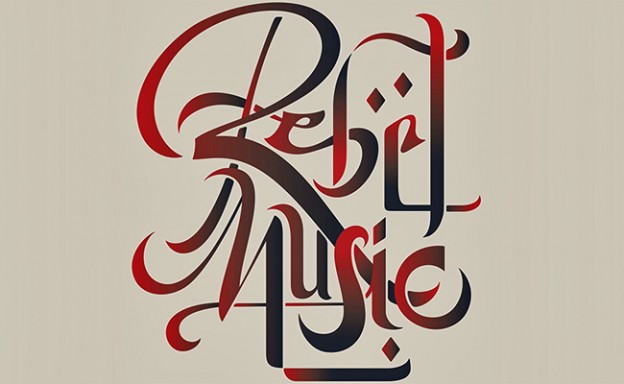The Musicians (Continued)
Text by Dawoud Kringle
This continued series explores the relation between jazz and Islam. In this installment, I am continuing the presentation of the biographies of Muslim jazz artists.
Alto saxophonist, arranger, and composer Gigi Gryce (a.k.a. Bashir Qassem) was born in Pensacola FL in 1927. He studied composition in 1948 with Alan Hovhaness at the Boston Conservatory. He continued his studies in Paris France with Nadia Boulanger and Arthur Honegger. After returning to the USA in 1953, he moved to New York and performed with Max Roach, Howard McGee, Tadd Dammeron, and Clifford Brown. In 1954 he played with Donald Byrd, Lee Morgan, and Thelonious Monk. The following year, he formed his own group, the Jazz Lab Quintet. After attaining considerable notoriety he set up an independent, African-American owned music publishing company. This pioneering effort to gain financial independence was not well received by the music business establishment; which caused him to be “blackballed” for a time. He left the music business in the 1960’s and concentrated on teaching. He also did arrangements for Dizzy Gillespie, and Oscar Pettiford, several jazz compositions, three symphonies, and several chamber works.
Trumpeter Idrees Sulieman was born in 1923. In 1947 he joined Thelonious Monk, and the following year joined Cab Calloway. Later, he worked with Count Basie, Lionel Hampton, and Dizzy Gillespie. In 1958-9 he worked with Randy Weston. After this, he toured Europe with Oscar Dennard’s group, and in 1961 settled in Stockholm, where he began playing the alto saxophone. In 1964 he moved to Copenhagen and from the early 1970’s he worked with the Radioens Big Band. Sulieman also distinguished himself as having made great efforts in teaching religion, and was instrumental in many musicians accepting Islam.
Saxophonist and flautist Sahib Shihab was born in Savannah GA in 1925. After attending the Boston Conservatory between 1941-2, he joined Fletcher Henderson as an alto saxophonist. During his time with Henderson (1944-46) he accepted Islam; and changed his name (from Edmund Gregory). From 1947 to 1959, he worked with Tadd Dameron, Art Blakey, Thelonious Monk, Dizzy Gillespie, Illinois Jacquet, and others. In 1959 he traveled to Europe with Quincy Jones as part of Harold Arlen’s “Free and Easy” show. He remained in Europe. In 1963 he settled in Copenhagen, and worked with the Clarke-Boland Big Band, the Danish Radiojazzgruppen, Ernie Wilken’s Almost Big Band, and other groups, In 1965, he composed a score for a jazz ballet based on Hans Christian Anderson’s “The Red Shoes”. He returned to the USA in 1986.
Drummer “Philly” Jo Jones (a.k.a. Joseph Rudolph. 1923-85) was born in Philadelphia, PA. He began playing drums at the age of four and later studied for four years with Cozy Cole. In 1947 he moved to New York and became the house drummer at Cafe Society and other clubs, accompanying Fats Navarro, Dexter Gordon, Dizzy Gillespie, Charlie Parker, and others. In 1949 he moved to Washington DC where he played with Ben Webster and in 1940 in a group with Johnny Griffen, Joe Morris, Tiny Grimes, and Lionel Hampton. In 1951 he returned to New York and played with Zoot Sims, Lee Konitz, and Miles Davis. The following year he joined Tad Dammeron’s group. He returned to Miles Davis’ group, and played with him between 1955-58. He also worked with Duke Ellington, Jim Oliver, Billie Holiday, and John Coltrane. From 1958, he performed and recorded as a leader. After traveling in Europe, returned to the USA in 1972, and continued to perform and record with his group, and with Red Garland, Bill Evans, Charles Davis, Walter Davis Jr., Cecil Payne, Don Sickler, Archie Shepp, and Amiri Baraka.
(Much of the material in this series is from my as yet unpublished book A Garden of Air and Light: The Relationship Between Music and Islamic Spirituality and Culture (c). 2004. Used by DBDBD NY & MFM by permission of the author).
Related Posts
Jazz and Islam: A Retrospective Series (P.3/B)
Jazz And Islam – A Retrospective Series (P.3/A)


